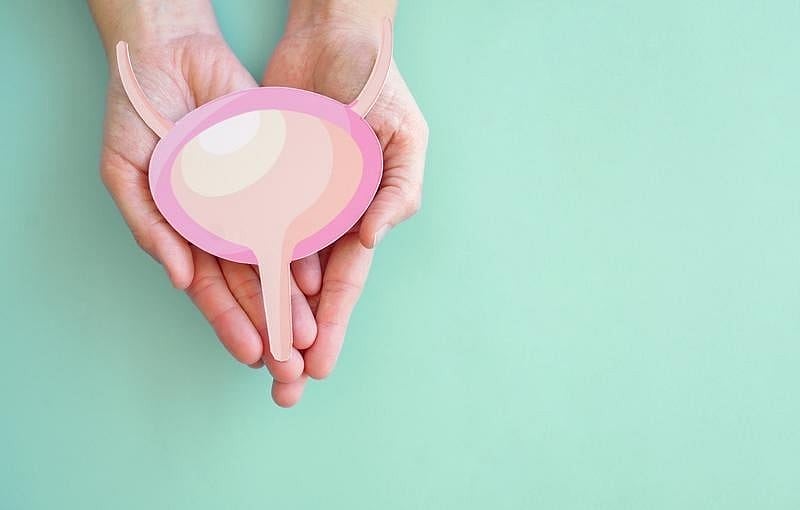Findings in patients with interstitial cystitis/bladder pain syndrome can help with diagnosis of interstitial cystitis subtypes
By Elana Gotkine HealthDay Reporter
FRIDAY, March 7, 2025 (HealthDay News) — For patients with interstitial cystitis/bladder pain syndrome (IC/BPS), bladder wall thickness (BWT) on computed tomography (CT) scans reflects the severity of bladder inflammatory conditions, according to a study published online Feb. 4 in the World Journal of Urology.
Wan-Ru Yu, from Hualien Tzu Chi Hospital in Taiwan, and colleagues analyzed BWT and compared bladder conditions, urinary biomarkers, and histopathology among patients with IC/BPS with different BWT. One hundred eighty-two patients with cystoscopy-proven IC/BPS underwent abdominal CT before intervention; BWT was classified as smooth, focal thickness, and diffuse thickness (85, 64, and 33 patients, respectively).
The researchers found that patients with focal and diffuse BWT were significantly older, with higher symptom scores, smaller bladder capacity, higher grade of glomerulations, and higher incidence of Hunner’s IC. The greatest uroepithelial cell denudation and plasma cell infiltration was seen for patients with diffuse BWT, followed by those with focal thickness. Higher rates of inflammatory cell infiltration, nerve bundle hyperplasia, and granulation tissue were seen for patients with diffuse BWT. Compared with controls, patients with IC/BPS with different BWT had significantly higher urinary levels of tumor necrosis factor alpha and oxidative stress biomarkers.
“A bladder wall that shows focal or diffuse thickness indicates more severe inflammation and reduced maximal bladder capacity on cystoscopic hydrodistention,” the authors write.
Copyright © 2025 HealthDay. All rights reserved.








